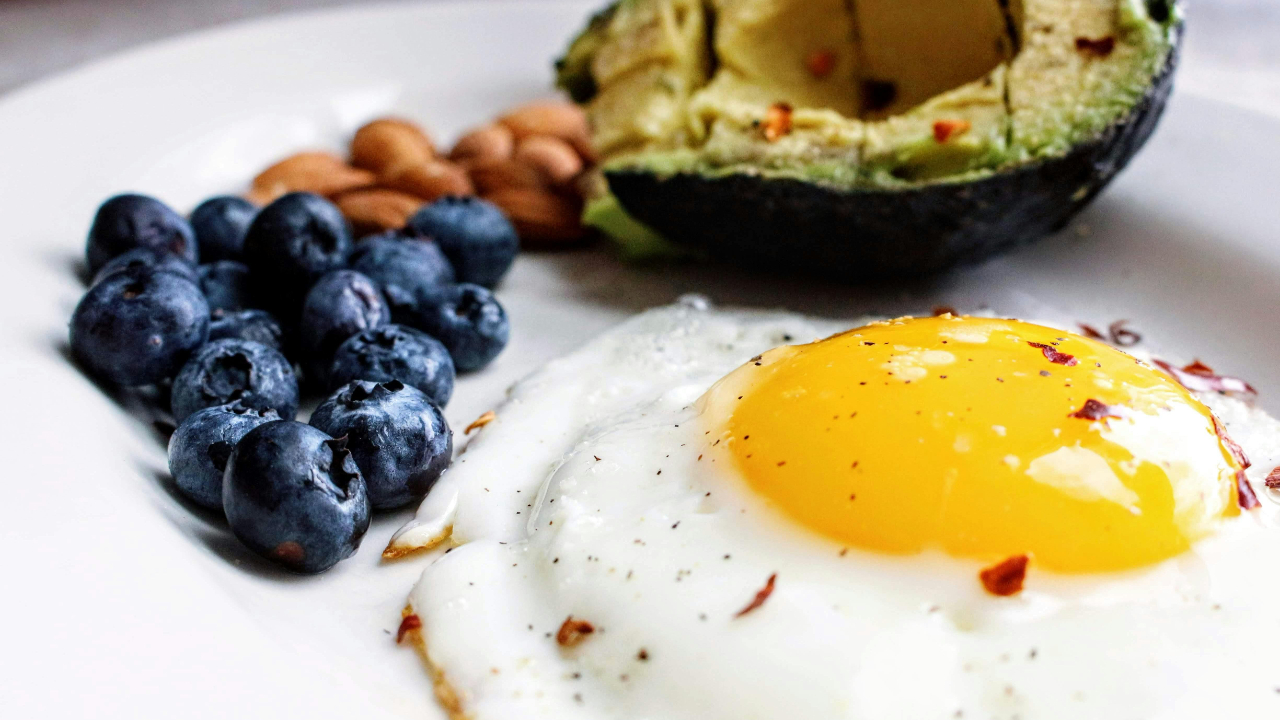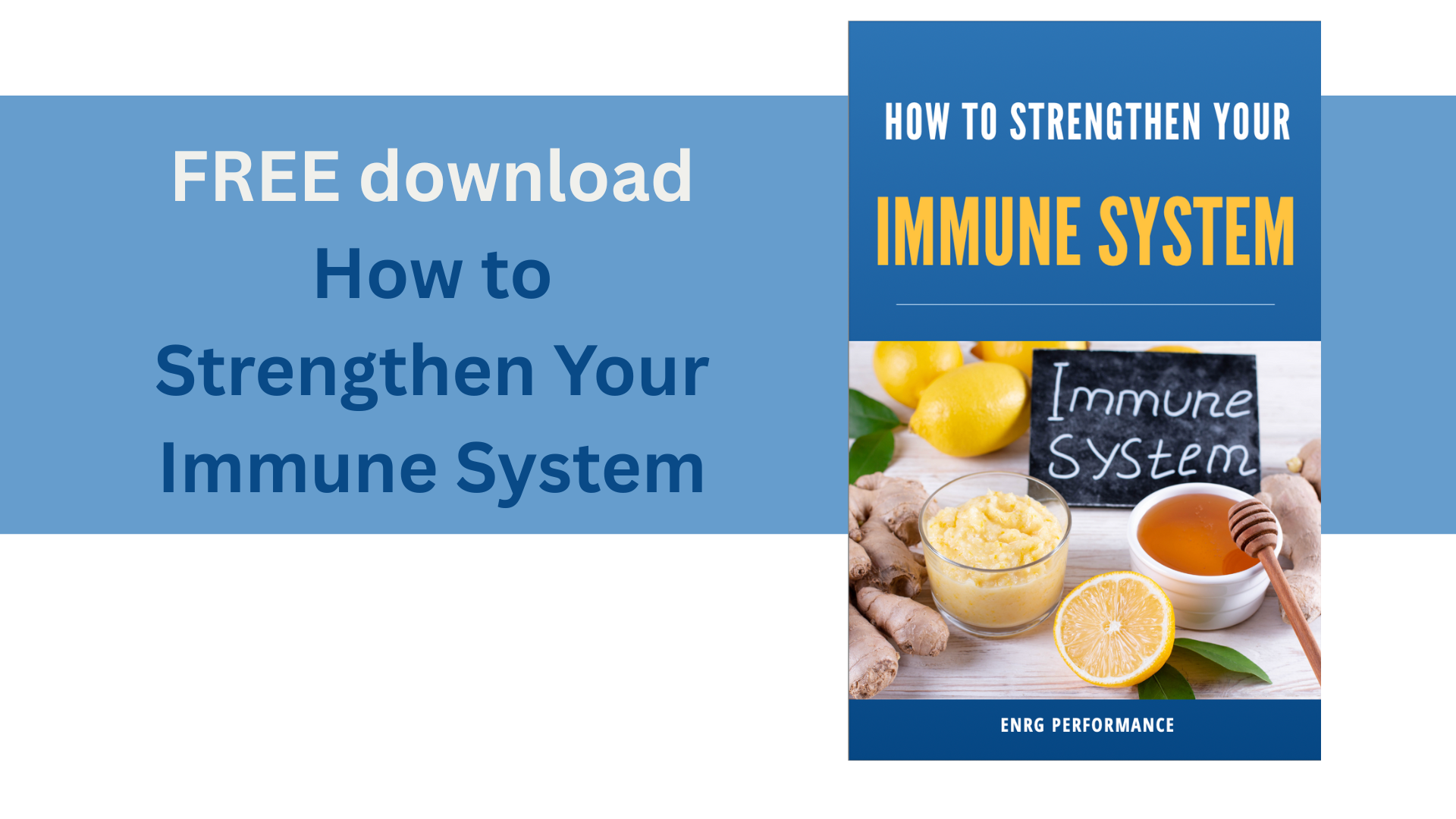Are You a Fat or Sugar Burner?
Aug 01, 2023
Have you ever wondered if your daily nutrition plan is contributing to the success of your health and performance goals and not working against them? Did you know that not everyone should follow the same daily nutrition plan and that your daily menu should not only vary based on your training cycle and exercise goals but also factor in your genetics and health and longevity goals? Unfortunately, “diets” and fads come in and out of our lives, promising quick and lasting results and distracting us from how we should really approach our nutrition planning.
As you probably know from reading our newsletters, the cornerstone of our nutrition philosophy is based on optimizing blood sugar through periodizing carbohydrates, protein and fat. The question I receive frequently is "How much of these macronutrients should I eat?” It’s a valid question and I wish I could be definitive and give everyone the same answer but nutrition doesn’t work that way. To get closer to answering that question and provide a simple and sustainable method of putting food together for brain and body nourishment, I created “The Hand Model”. It is a very simple method that emphasizes the ratio of carbohydrate to protein for optimal blood sugar control. Normally, The Hand Model ratios range from 1:1 to 3:1 (carbohydrate to protein). However, the range of 1:1 to 3:1 can have significantly different results based on the athlete. And, these ratios must be periodized throughout the year to support the body’s energy needs for training and competition. If you want to learn more about it, refer to my Metabolic Efficiency Training: Teaching the Body to Burn More Fat e-book.
I always use The Hand Model when working with athletes and while I am pretty good at what I do, I still find myself sometimes “guessing” what the ideal ratio may be for an athlete when we first begin. Through trial and error and weeks, if not months, of experimenting with different ratios, timing and food, it is usually possible to provide an accurate daily nutrition plan that will satisfy an athlete’s goals. Until things change like work travel, other life stressors, training load and environmental changes. Then, the ratio needs to be tweaked to account for these changes to continue seeing progress.
It may sound exhausting but there is a much easier way that reduces the learning curve of where you should begin your nutrition journey with the focus on optimizing blood sugar. Enter metabolic efficiency testing.
I created this physiological test shortly after creating the Metabolic Efficiency Training Concept in the mid-2000s. This sub-maximal test can be done on a treadmill (running or walking) or a bike. It measures how efficient the body is at using its stored fat and carbohydrates for energy. It is actually a very “comfortable” test as the beginning stage is very, very easy and the ending stage is usually not to threshold.
One of the goals of this test is to identify the “metabolic efficiency point”, or the point in which fat and carbohydrate burning cross. Unfortunately, more than 50% of athletes I have tested have not had a metabolic efficiency point which usually means they are burning far too many carbohydrates, and thus, are storing more fat. Once we have the information from the metabolic efficiency test, it is easy to create a better daily nutrition plan centering on optimizing blood sugar by using The Hand Model. Finally, no more guessing!
Another great benefit is learning how many calories your body burns per hour during different intensities of exercise. With this information, it is possible to create an accurate nutrient timing plan that is based on you as an individual athlete, not on guidelines from population-based research that are just that - guidelines. Each athlete is different and requires a very customized nutrient timing plan. Again, no more guessing!
Lastly, there is a resting part of the metabolic efficiency test where we look at how efficiently your body uses carbohydrates and fat at rest. This is super important from a health perspective because if carbohydrate burning is too high at rest, it could be a risk factor for pre-diabetes.
So, you see, the “test, don’t guess” mantra holds true even in the nutrition chapter of your health journey. Whether it is biomarker testing, genomics testing or metabolic efficiency testing, I would venture to say that the more information you have about how your body functions, the better you can manage it.
Feel free to email me if you have any questions about metabolic efficiency testing or any of the great tests we offer at eNRG Performance!
SUBSCRIBE AND WE WILL DROP SOME HEALTHY INSPIRATION IN YOUR INBOX
We hate SPAM. We will never sell your information, for any reason.







